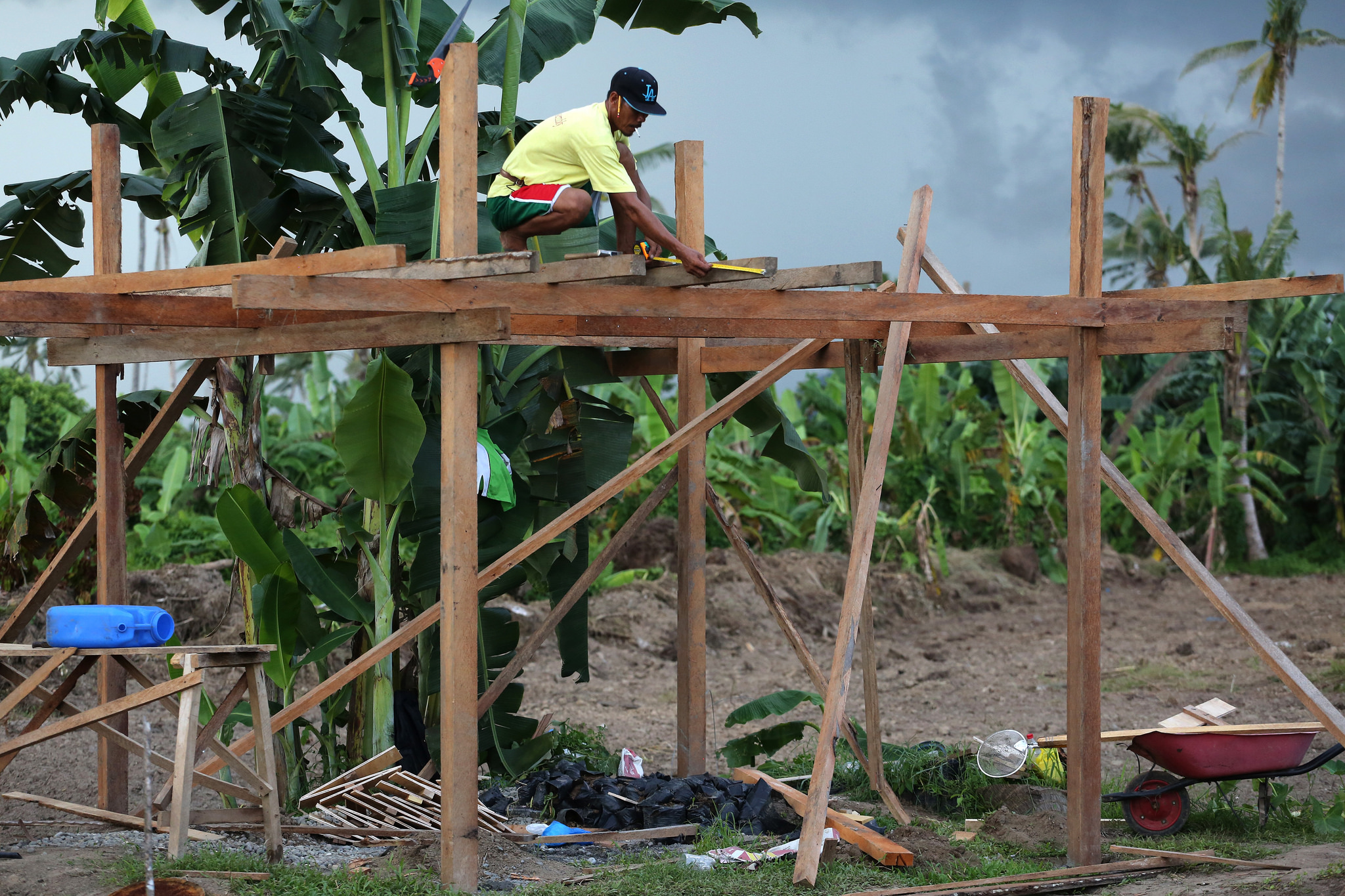Philippines’ New Approach Provides Quick Financing after Natural Disasters

Developing countries vulnerable to natural disasters are increasingly looking to build their resilience and find ways to mitigate the financial cost of disasters.
The Philippines just launched a new catastrophe risk insurance program to protect national and local government agencies against the financial losses from severe natural disasters.Providing US$206 million in aggregate coverage, the program protects assets of the national government and 25 provinces.
Since 1990, the Philippines has been affected by 565 naturaldisasters, which have claimed the lives of nearly 70,000 people and caused anestimated US$23 billion in damages. Apart from frequent earthquakes and volcanic eruptions, some 20 typhoons make landfall every year.
Under this new program government-owned insurance agency Government Service Insurance System (GSIS) will provide catastrophe risk insurance to the national government and the participating provinces. The World Bank acts as an intermediary to transfer GSIS’s risk to a panel of international reinsurers which were selected through a competitive bidding process.
The implementation of this program is a true testament of collaboration across Global Practices, with the Disaster Risk Financing and Insurance Program (DRFIP) of Finance & Markets Global Practice leading the disaster risk finance advisory work; the Social, Urban, Rural & Resilience Global Practice leading the dialogue on disaster risk management under the CAT-DDO; Treasury leading the execution of market placement; Legal Vice Presidency supporting the legal documentation of the transaction; and the Philippines country office providing overall guidance on the country engagement throughout the whole period. GFDRR has supported this work with grant financing from the U.K. Department of International Development.
This insurance program is part of the government’s overall disaster risk finance strategy to strengthen national and local capacity to respond immediately and effectively to natural disasters. It provides the lastline of defense against severe natural disasters and complements other funding sources such as the national and local disaster risk reduction management funds and contingent credit that protect against less severe natural disasters. These other financial protection instruments already in place include the Development Policy Loan with a Catastrophe-Deferred Drawdown Option (CAT-DDO 2), which provides US$500 million of standby financing, and the Disaster Risk Reduction and Management Funds at the national and local level funded from the national budget.
The Philippines new catastrophe risk insurance program exemplifies the type of effort several global initiatives are looking to scaleup to improve risk finance and insurance instruments, and to strengthen collaboration toward financial protection against natural disasters.
The G20 recently proposed creating a global partnership tohelp countries better handle losses from natural disasters. The Global Partnership for Climate and Disaster Risk Finance and Insurance Solutions envisions introducing financial solutions for faster and more effective response to natural disasters and helping poor countries to get financing inplace before a disaster strikes.
This proposed global partnership builds on the G7 InsuResilience commitment to increase climate risk insurance protection to an additional 400 million people in emerging and developing countries by 2020.
The Philippines new catastrophe risk insurance program also relates to the Insurance Development Forum (IDF), a public-private partnershipled by the insurance industry with support from the World Bank Group and the United Nations Development Programme. The IDF aims to help close the protection gap between insured disaster losses and the actual economic costs of disasters by optimizing and extending the use of insurance and related risk management capabilities to build greater resilience for people, communities, businesses,and public institutions that are vulnerable to climate change, disasters, and related economic shocks.
The article is also featured on World Bank Group Website: http://www.worldbank.org/en/news/feature/2017/08/16/philippines-new-approach-provides-quick-financing-after-natural-disasters